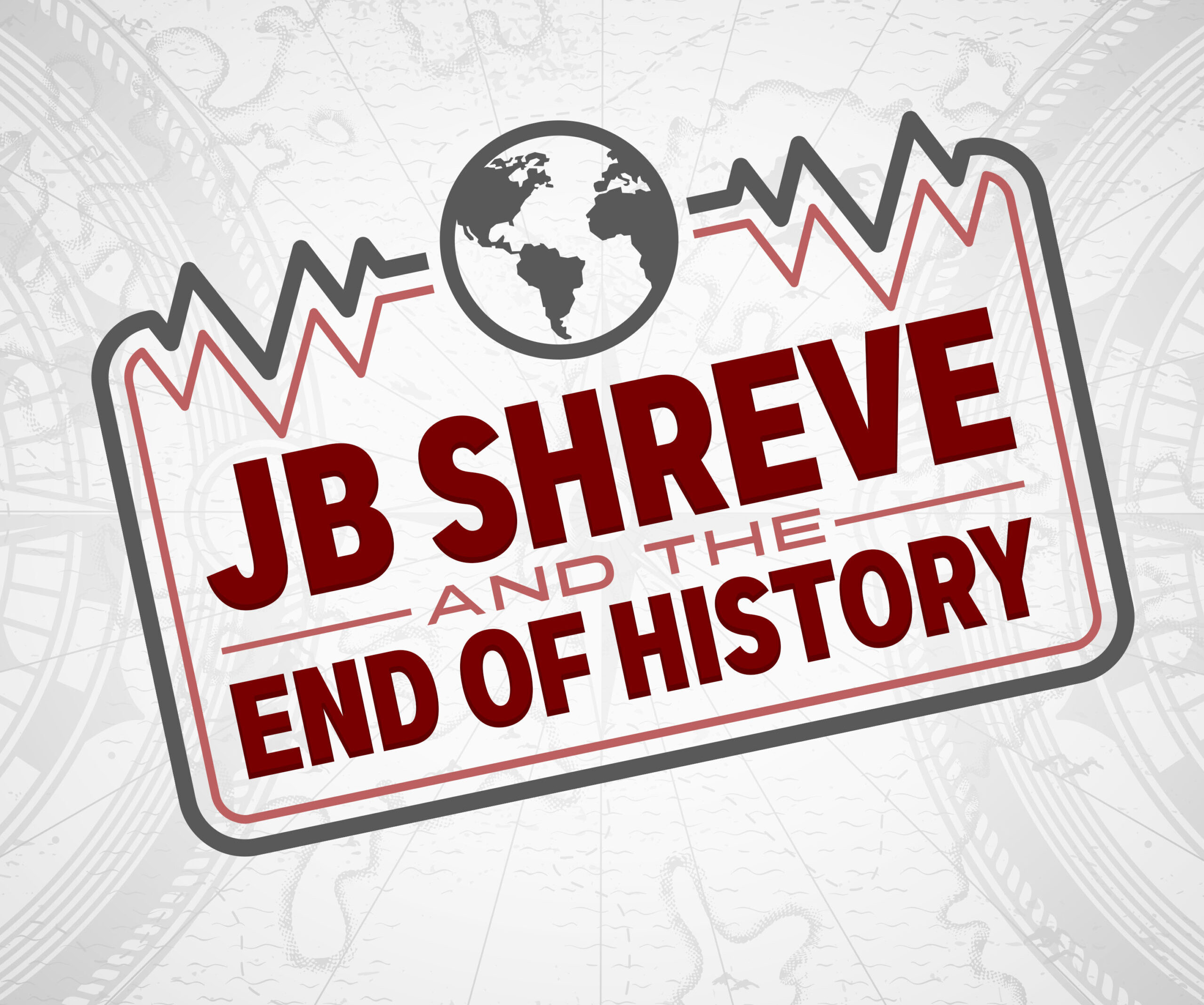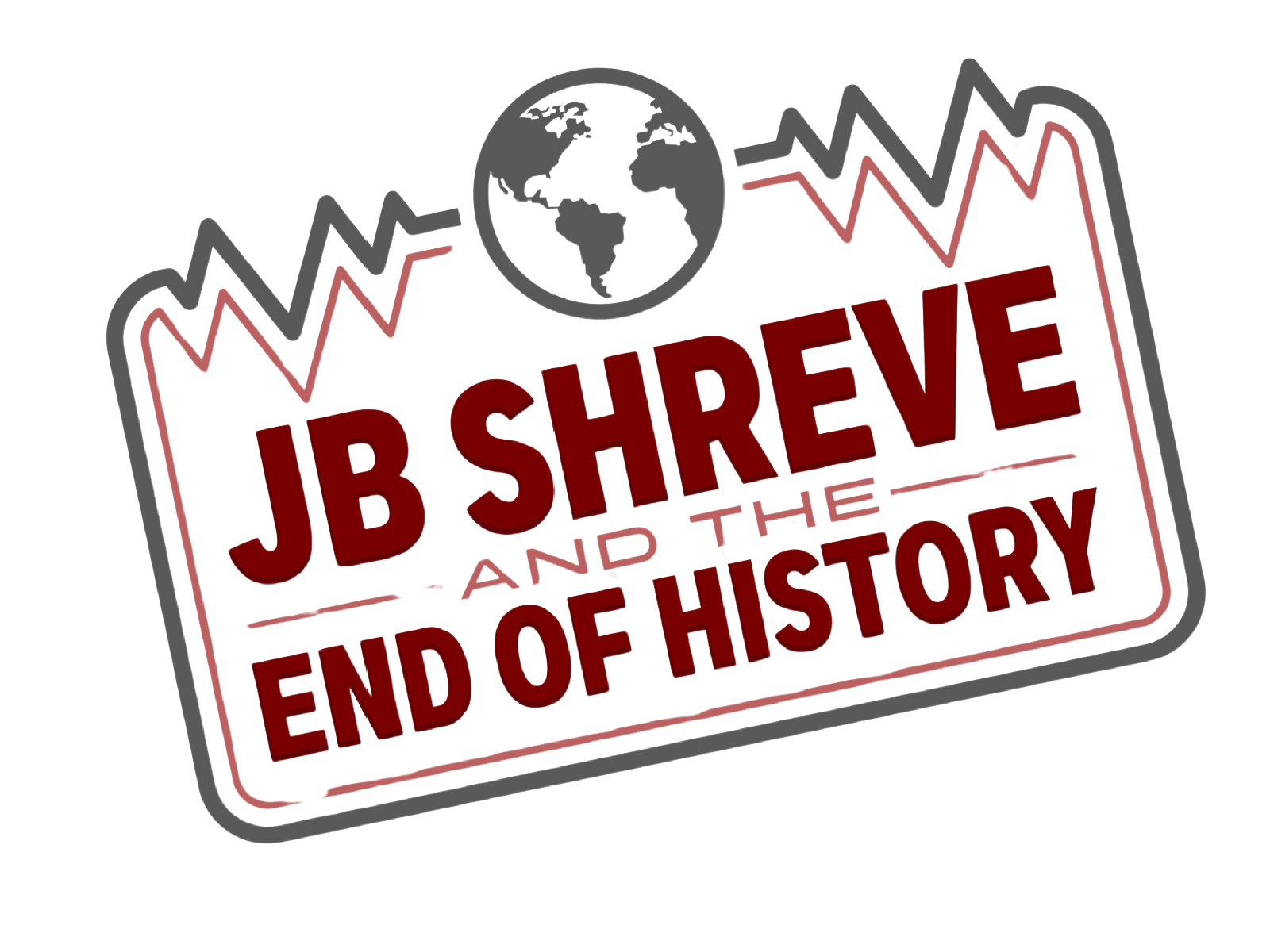
Emerging Crisis in the Sahel – Mali and Burkina Faso
Yesterday at least 14 people were slaughtered by terrorists at a church in Burkina Faso. This briefer explains the emerging crisis taking shape in Burkina Faso, Mali and the wider Sahel region of Africa.
In my newest book How the World Ends – Understanding the Growing Chaos I explained that if we look beneath most of the conflicts and unrest in the world today, we will find three underlying crises converging – a youth population surge, food, and water.
This reality holds for almost every major protest movement that has been growing across the globe in the last half of 2019. It also holds for the major terrorist movements today. Terrorism, as I contend in the book, is not only a backlash against failing government systems and corruption. It is also a tool through which the chaos is being exported from one part of the planet to others. In many instances, we are unfamiliar with the scale of this unrest, much less its causes.
Today in the Sahel region of the continent of Africa a crisis is unfolding that perfectly illustrates this reality. We need to understand what is happening today so that we are better prepared for the political ultimatums of tomorrow.

Where is the Sahel
The Sahel region of Africa stretches east to west between the Sahara Desert in the north and the Sudanian Savanna to the south. Mauritania, Mali, Burkina Faso, Niger, Nigeria, Chad, Sudan, and Eritrea are countries that are at least partially included within this geographic zone.
The Numbers
- One-third of Burkina Faso has become engulfed in fighting between armed groups.
- According to a recent report from the United Nations refugee agency, in the span of about 3 weeks, 500,000 people in Burkina Faso were internally displaced.
- After facing 136 terrorist attacks in 2018 a state of emergency was declared in six of the nation’s 13 provinces.
- Another 16,000 people have fled across the Burkina Faso border. Two-thirds of these refugees fled to Mali.
- Attacks by groups linked to al-Qaeda and Islamic State have quadrupled in Mali since 2017 according to the Africa Center for Strategic Studies.
- In Mali, 140,000 people have been displaced in 2019. according to the Internal Displaced Monitoring Center. That is a sevenfold increase over the prior 12 months.
- Nearly 1,000 civilians have been killed in the fighting in Mali since January. One year ago a Human Rights Watch report warned that civilian killings in central and northern Mali were spiraling out of control.
The History
Long-standing issues of division and corruption existed in these nations since the era of colonialism under the French. The collapse of Libya in 2011 opened the gates for new levels of chaos and upheaval to these western nations of the Sahel. Terrorist and jihadi groups flowed into Mali.

In 2012 ethnic and cultural divisions were leveraged as the country experienced massive upheaval. Tuareg separatists and Islamic groups linked to al-Qaeda in the north sought to take over the country while in the south a military coup did the same. In 2015 a new group linked to al-Qaeda and known locally as the Macina Liberation Front began to assert itself in the regions that remained stable within central and southern Mali.
These Islamic extremists exercised extensive control over their areas of activity within Mali. In many ways, they brought order to the destabilized nation by stopping the rampant crime and lawlessness in the rural areas, but that order came at the price of extensive violence and atrocities committed against the locals. More than two dozen execution-style killings were documented from early 2015 to 2016 as the MLF organization grew in prominence.

French forces intervened in the former French colony during the meltdown of 2012. In 2013 extremist groups were pushed back for a short time before they regrouped and resurged across the country. The French have 4,500 forces in the region today, most of these are based in Mali. At the beginning of 2019, the US had 100 troops in the area. The United Nations has a peacekeeping mission of more than 13,000 troops in Mali. More than two hundred members of this UN Peace Keeping Mission have been killed since 2013 making this the UN’s most dangerous peacekeeping mission in the world.
French gains in Mali came at the expense of the people in Burkina Faso. As the terrorists were pushed south of Mali they regrouped in Burkina Faso.
In March of 2017, the merger of several of these militant groups formed the al-Qaeda backed Group to Support Islam and Muslims frequently referred to as JNIM based upon the acronym. JNIM has demonstrated its ability to strike freely at nearly any target they desire throughout Mali. Attacks this year have included military bases, schools, buses, churches, and mosques to name only a few. Some massacres have left dead bodies strewn across village streets.

As Mali melted down the government became more corrupt. Multiple Prime Ministers in the course of a few years have handed out offices to friends and family members. While many government posts remain unmanned and organized crime has increased in the cities, large areas of the country have become dependent upon food aid.
In 2017 the regional neighbors launched a joint regional counter-terror force known as the G5 Sahel. Its members include Burkina Faso, Chad, Niger, Mauritania, and Mali. In the opening months of 2019, the security forces noted great success in the tracking, targeting, and killing of extremists within the country.

But as Burkina Faso’s and Mali’s security forces, working in tandem with the G5 Sahel, have become more assertive toward extremist groups within their borders, extremist violence has intensified since 2017, not improved. This leads some outside observers to suggest the tactics of the security forces themselves might be contributing to the rising extremism and terrorist violence in the country.
A report from Human Rights Watch in the early months of 2019 noted this concern. The report followed a timeline from mid-2018 to February 2019 in which 49 civilians were killed by Islamic extremists in Burkina Faso and another 116 killed by the nation’s security forces in extrajudicial killings for harboring the extremists.
In many parts of the countries, the people are caught between the dangers of the extremists and the security forces. This type of narrative, historically, has played to the advantage of extremist groups, swelling their ranks in violent and terroristic protest against the official government’s atrocities.
The Strategy

The terror groups are seeking a deliberate strategy to divide and polarize the areas where they are active. Ethnic rivalries in Mali and Burkina Faso are being exploited to turn the people against one another. In Mali, long-standing rivalries between the nomadic groups of the north and the settled farmers of the south are being leveraged. Terrorists are frequently dressed as ethnic rivals to inflame tensions between the different groups.
Religions divisions are also being targeted by the armed groups. The terrorists appear to be deliberately attacking Christian targets in an effort to stir up tensions and violence between Christians and Muslims in Burkina Faso. The nation’s President noted this trend is a shift in the terrorist groups’ former strategy that focused on farmers and herdsmen.
Burkina Faso is approximately 60% Muslim and 30% Christian. In Mali, this demographic breakdown is 90% and 10% respectively.
The Underlying Issues
- Before this outbreak of violence nearly 50% of the people in Burkina Faso and Mali lived on less than $1.25 a day.
- 5 million people in Burkina Faso are food insecure according to a recent USAID report.
- The median age in Burkina Faso is 17.
- The median age in Mali is 16.

When we look beneath the violence and upheaval we see the issues that are being duplicated throughout the world. This is not a political struggle. The basic needs of life have been disrupted. In Burkina Faso, the agriculture sector supplies 80% of all jobs in the country and accounts for a third of the country’s GDP. But one-third of the land of Burkina Faso has become degraded due to decreases in rainfall and the depletion of soils. This soil depletion is expected to increase by 360,000 hectares per year according to the Food and Agriculture Organization of the United Nations.
As a result of this devastation in the agriculture sector, Burkina Faso has one of the highest urbanization rates in Africa. Women, children, and the elderly are fleeing to the cities to escape poverty, terrorism and also to find jobs and relief – not to mention food.

These trends are matched in Mali and indeed across the Sahel region. The FAO has issued reports saying 80% of the farmlands of the Sahel are impacted by degradation. While these food resources collapse the demand is increasing. The population of the Sahel is doubling every 20 years. In 2012 Mali ranked 175th out of 187 on the Human Development Index. That was before the violence began to intensify. Half of its population was under the age of 15. These are the fighters of the insurgencies of the Sahel today who are tired of being without food, lacking water, and having no hope.
Finding Reality
Most of these statistics and findings are captured in articles and studies about climate change throughout the world. But terrorism is not caused by climate change. Government corruption is not caused by climate change. While we should seriously consider the effects of climate change we must also recognize it is a political debate that has little relevance to the people struggling to survive on the ground in the Sahel and other parts of the world.
The world is shifting into a new normal of greater chaos and crisis. To grasp what is unfolding we need to upgrade our worldviews to the reality of what is taking shape.

